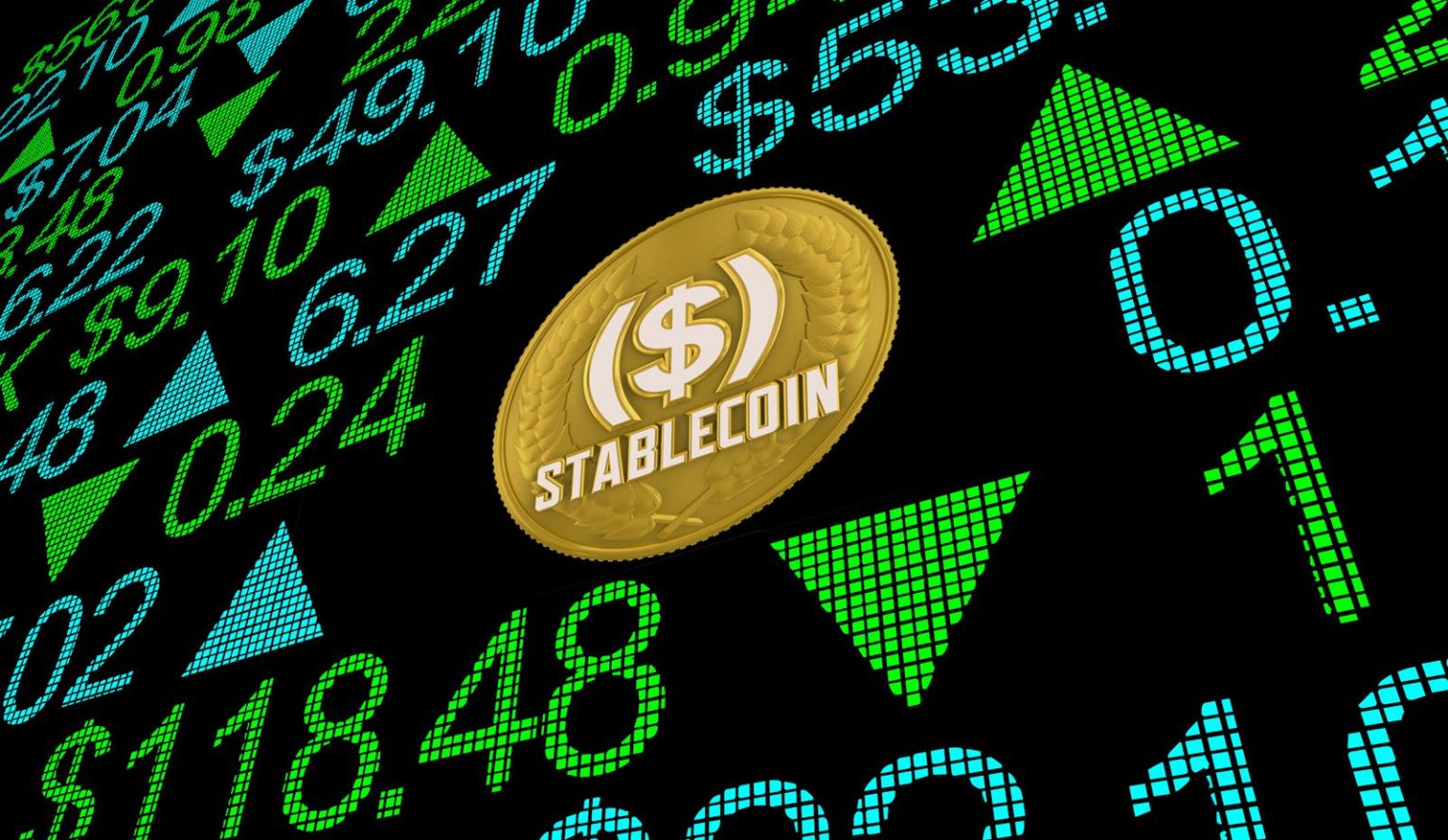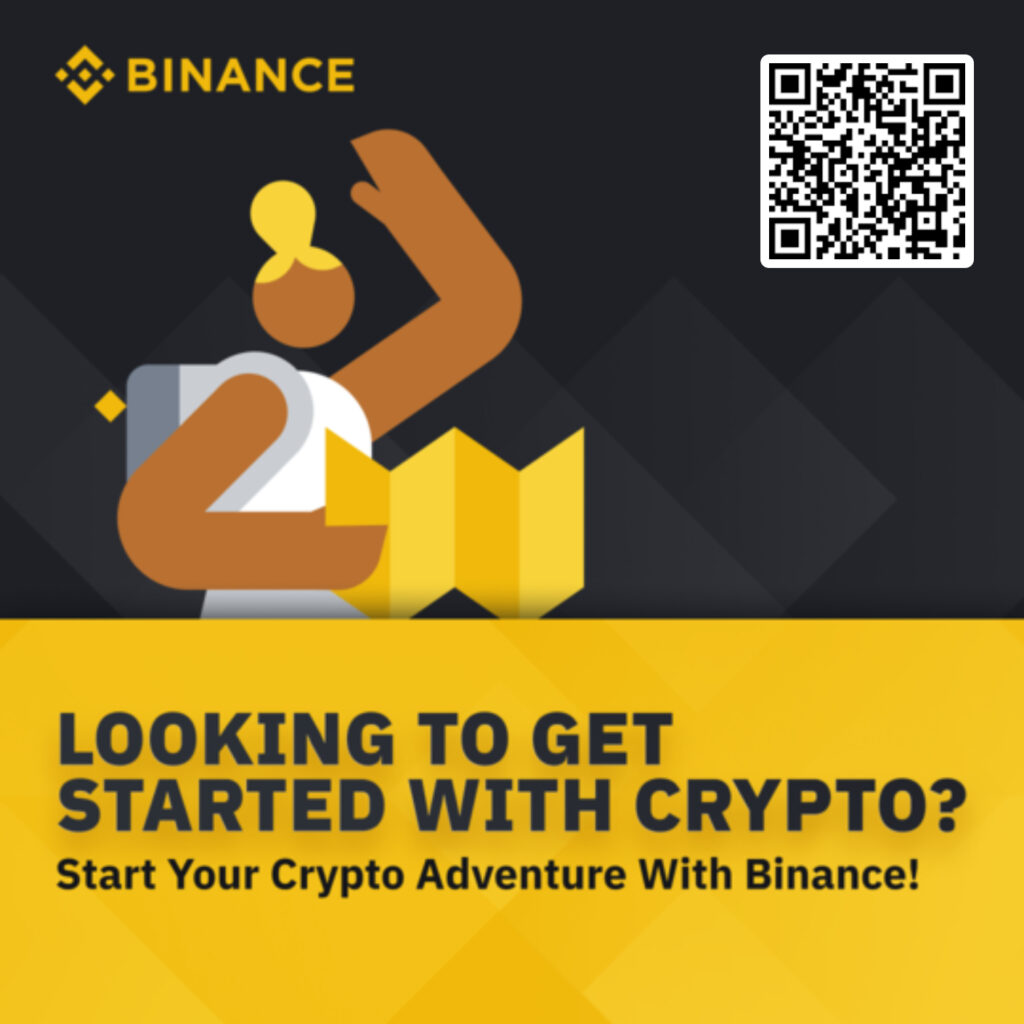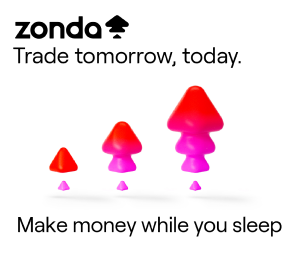What could come to replace dollar stablecoins?

Stablecoin, as a digital asset with a direct link to fiat or tangible assets, has seemed the most reliable for some time. Particularly when it came to the indestructible and ubiquitous dollar, the equivalent of almost every trade transaction in the world. However, recent events with the collapse of U.S. banks, the ban on issuing new bonds and the focus of individual countries on their own currencies have shaken this confidence. Not only the position of cryptocurrencies and stablcoin themselves, but also the dollar’s stance has become uncomfortable. Holders are not happy with this situation. When paying in such currency on websites, the customer wants to be sure that the payment is secure, and the project itself accepting the currency does not want to end up with an illiquid asset. Many companies and private investors have begun to look at what exactly could replace the wobbly dollar-stablecoin.
What is stabelcoin and what are its characteristics?
Unlike cryptocurrencies in general, also based on the blockchain ecosystem, stabelcoin has a clear value expressed in at least one asset to which it is linked. Such an asset can be:
fiat currency;
a raw material or commodity (gold, oil);
a cryptocurrency.
Stablecoins are also bought and sold and constantly fluctuate in value against another counterpart, but are stable in their own right. When buying Tether (USDT), which is pegged to the dollar, the holder can be sure to sell his token for the same dollar after some time. That said, in another equivalent, the price can change – when exchanging into euros a year ago you could get 1.2 euros per USDT, but now the markets are only willing to give for 10-15% less. This is the real exchange rate of the dollar, and USDT replicates it.
In essence, a stabelcoin is a commitment by the issuing entity to give back to the coin the originally stated resource or its market value for the coin sooner or later. That’s why even dollar-linked stabelcoins have a few. An alternative to Tether has been released by several organizations simultaneously:
USD Binance (USDB) – an actively traded product of a relevant cryptocurrency exchange;
USD Coin (USDC) – a product of cryptocurrency exchange Coinbase with a capitalization of more than $2 billion;
Neutrino USD (USDN) – a hybrid stablcoin with its own token and fiat collateral from Waves;
TrueUSD (TUSD) – a project based on the Ethereum blockchain ecosystem;
StableUSD (USDS) – a clone of the previous token with closed accounts.
That said, the list could go on – in fact, any banking company could make such a commitment and try to convince users that its project is the most reliable and liquid.
At first glance, there is no difference between the coins – they are all pegged to the dollar, that is, equal in price. But in reality the difference lies in liquidity. Only a specific entity is responsible for exchanging tokens for real money. And even the exchanges that decide to list a particular token do not guarantee that they will not also quickly withdraw it after a policy change. If the exchange that issued the token, or a bank, goes bankrupt, the coin could depreciate completely, as could the dollar itself, amid the threat of a U.S. default and daily reports of the bankruptcy of one bank or the other.
What could be alternatives to the dollar-stablecoin
Alternatives to the dollar could be sought in the same directions as replacing the dollar as a whole. Traditionally, the euro has been referred to as a fallback option. Chief among the currently existing eurostablecoins is $EUROC. It is also backed by a cash reservation system, confirmed by the cryptocurrency. This ensures that even if the issuing company closes, holders will receive their money from closed accounts. The token has already been endorsed by more than a dozen major exchanges and banks. In particular, it has been endorsed by investment bank Goldman Sachs, which has long been called the mouthpiece of the Fed.
The EU banking system is not having the best of times either. This is evident even in the depreciation of the euro against the U.S. dollar – at one point the currencies virtually flattened. If the prospect of investing in the euro, even in a cryptocurrency format, does not seem attractive, you can consider currencies from clearly emerging countries and major economies:
Chinese yuan;
Mexican peso;
British pound.
Interestingly, these currencies are not issued by the countries themselves, as one would expect, but by the same Tether, so there is no concern that poorly formed economies will not have the resources or technological capacity to provide issuance and liquidity. Tokens would be secured on the same platform as dollar-linked variants.
Commodity staplecoins seem to be another promising direction. While a few years ago there was only talk of gold, namely Paxos (PAXG) and Tether (XAUT), now even oil or wheat can be considered. The latter is moving steadily upward, which means that the price of the token will rise along with the quotes. In any case, stabelcoin itself has little weight, what matters more is the price of the resource or the equivalent behind it, as well as the guarantees of receiving these assets.

For more than 6 years, he has been interested in cryptocurrencies, tokens and blockchain, as well as other modern technologies like artificial intelligence. I have been actively investing for more than 10 years. I have developed hundreds of highly substantive articles and publications for this and many other external portals.



New comments